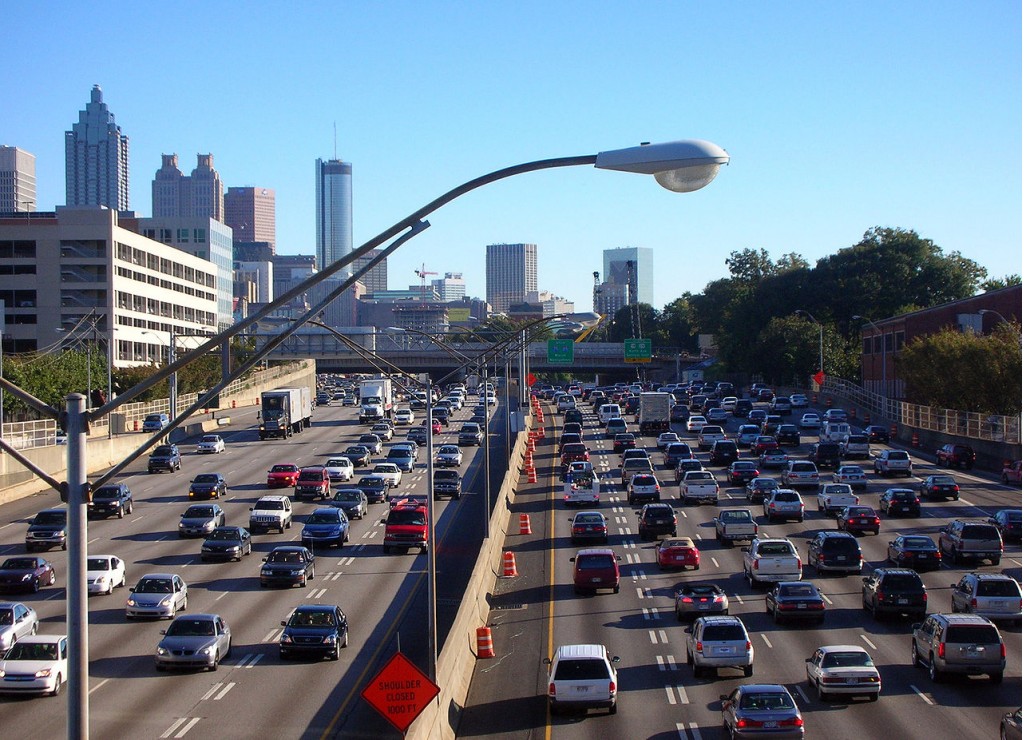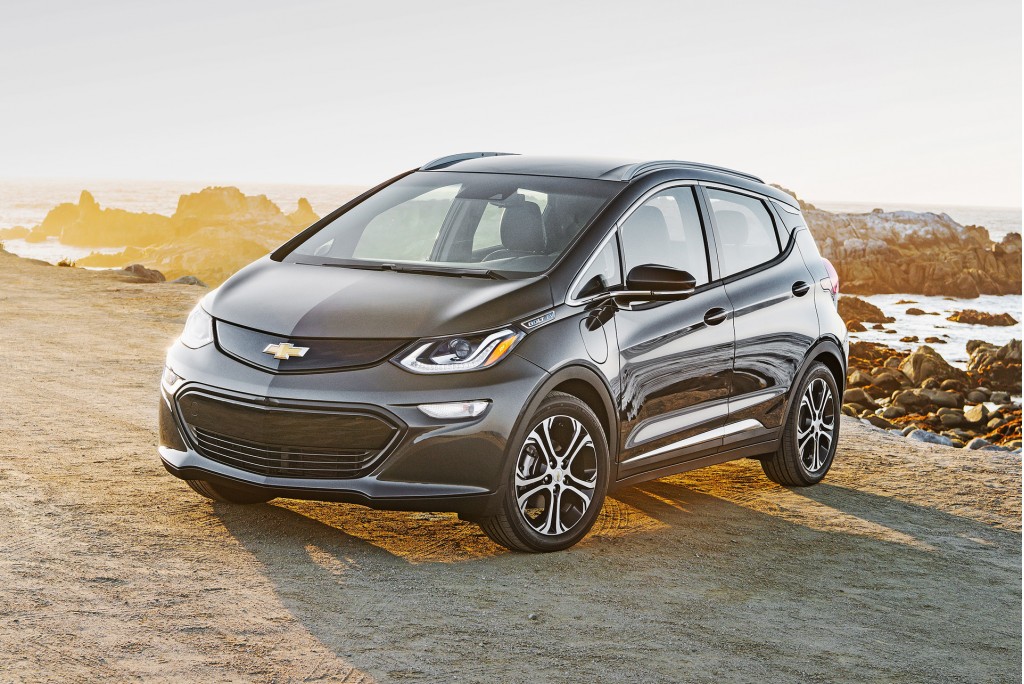Given the current political landscape in Washington, it's not unreasonable to worry about the future of U.S. efforts to combat climate change.
The Trump Administration has embarked on an explicit mission to undo all Obama Administration efforts to reduce carbon emissions.
Climate-science deniers in the current administration include Trump himself, as well as EPA administrator Scott Pruitt, top EPA aide David Kreutzer, and Trump's senior strategist Stephen Bannon.
DON'T MISS: Trump Administration goal: undo every climate-change effort
So if policymakers are not willing to address climate change, what can individual citizens do?
The best answer appears to be: drive a more fuel-efficient car.
That's the conclusion of a recent analysis in The New York Times (subscription required) that ranked ways to curb climate change by their effectiveness in reducing carbon-dioxide output.

Gas pump
It was written by Michael Sivak and Brandon Schoettle, researchers from the University of Michigan Transportation Institute who regularly track new-car average fuel economy.
They concluded that if every U.S. household drove a car that achieved 56 mpg—the rating for the 2017 Toyota Prius Two Eco—it would reduce carbon emissions by 10 percent.
But that would mean switching every household to cars that are vastly more fuel efficient than the current average.
ALSO SEE: 2017 hybrid mid-size sedans: all the entries, plus what's due for 2018
Sivak and Schoettle's own analysis of new-car fuel economy for February 2017 showed an average of 25.1 mpg.
Current Corporate Average Fuel Economy standards—which may very well be altered by the Trump Administration—called for a fleet average of 54.5 mpg by 2025.
That's closer to 40 mpg in terms of real-world fuel economy.

Traffic in Atlanta, Georgia during rush hour (via Wikimedia)
In comparison, replacing vehicles getting 21.4 mpg with cars getting 21.7 mpg would reduce emissions by 0.2 percent.
So would reducing distances driven by 1.2 percent, or about 13 miles a month for the average American.
CHECK OUT: Small turbo engines get good MPG ratings; real-world use may be a different story
These were among 11 "runners up" that, if all undertaken by every American household, would reduce emissions by 2.2 percent, according to the UMTRI researchers.
Other transportation-related tips included: keeping tires inflated, reducing driving over 70 mph 25 percent, reducing aggressive driving, and flying 10 percent less.

2017 Chevrolet Bolt EV
These were grouped with other suggestions, like reducing food consumption, adding LED light bulbs, and turning down the thermostat.
While the survey focused on improving the efficiency of the national fleet of internal-combustion cars, electric cars could offer even greater emissions reductions.
Electric cars offer lower "well-to-wheels" carbon emissions than conventional gasoline or diesel cars, especially when charged from renewable-energy sources.
EDITOR'S NOTE: This article marks the last story for Green Car Reports by our writer Stephen Edelstein, who has contributed more than 3,000 stories altogether since August 2013. We're deeply grateful to Stephen for his work, for putting up with the occasionally chaotic operations here, and for his good-humored responses to our variety of assignments and requests. We wish him the very best in his future endeavors.
_______________________________________________











